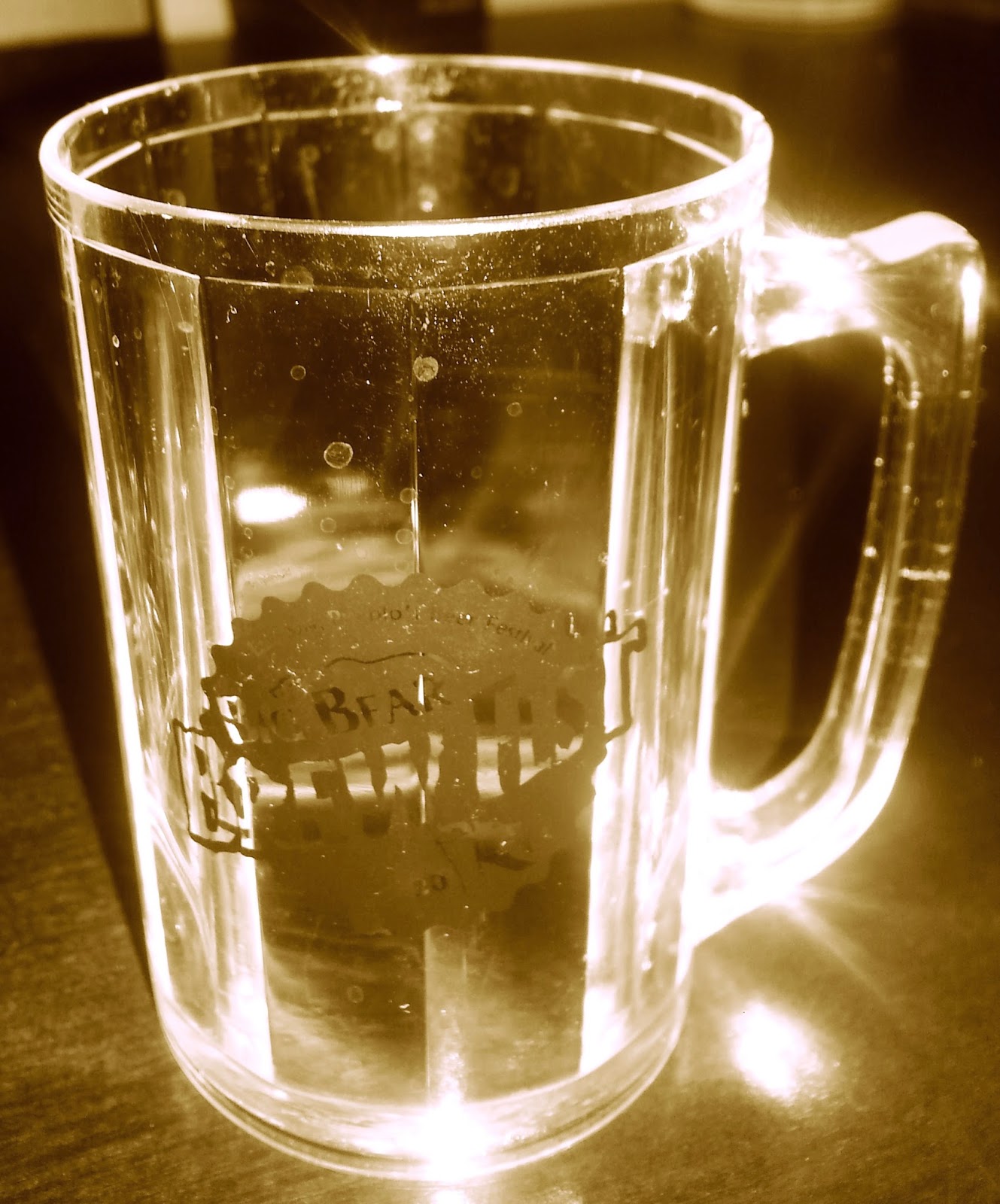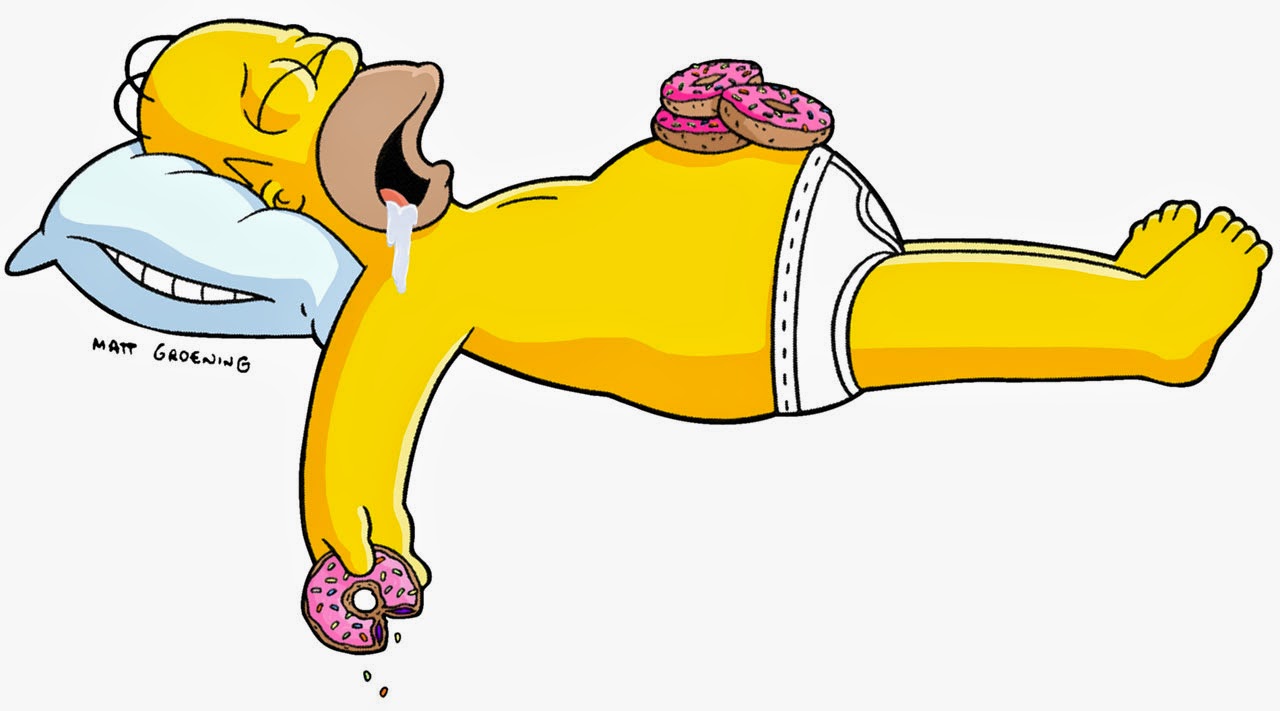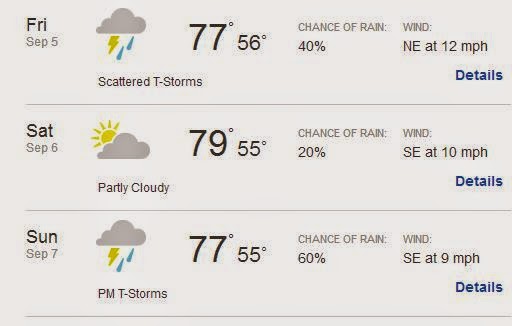Rambling Introduction
It's that odd time of year again. The races are over and done, somewhat cooler weather is settling in (35 degrees as I write this) and giving us a hint of what's to come for the next several months. Although I'm still swimming, biking, and running, it isn't driven by a goal. It's done for fun, and because not doing something feels disappointing and sad. In previous "off seasons," I used to worry about getting out of shape, but that thought no longer crosses my mind. Swimming, Biking, and Running aren't just things that I do, they are part of who I am. Letting those go would be like letting part of myself disappear. Not going to happen.
Beginning (at least in earnest) in January, I will start training for the biggest challenge to date, the Ironman. I approach this with a mixture of trepidation and confidence. The nervous side reminds me of how wasted I felt a month ago after completing a half-iron distance race. As that discomfort fades, it's replaced by my belief that with a few hundred days to prepare and train, I can be ready for whatever Ironman throws at me. I know it won't be easy, but it won't be impossible either. The psychology of the thing is key.
I am my father's son. When he sets his mind to something, he's relentless in his preparation. He will study, analyze, and plan a project to meticulous detail. It isn't so much to seek perfection, but rather to be well-prepared and to develop contingencies for any obstacles or challenges that may arise. It keeps the wheels from coming off and while the outcome isn't always what you expect, it's usually a success. This is how I intend to approach the Ironman. I will learn as much as I can, study it from many angles, and develop strategies, contingencies and plans that will see me to the finish line. But before looking forward, I'm going to look back. And that's really the purpose of this post. I want to review this past season, and see what I can learn from what I've done. Reflecting on how I trained, where I succeeded and when I fell short will help me to prepare a plan for the coming year.
Big Picture Review . . .
Going into January 2014, I had a pretty good sense of what I wanted my year to look like. Having suffered a bike crash in the fall of 2013, this was my comeback year, and I wanted to get back on the horse (or in this case the bike). Despite the late season crash, I saw 2013 as a success as I completed an ultra, and set a PR in the half marathon at the tender age of 41. I also completed my first century ride, and long distance swim race. In essence, 2013 was all about the volume, and it seemed to have served me well. So volume was my "strategy" going into the new year. If I could top my mileage from the previous year, I would certainly do better, right? Well . .. while I still believe that volume is a key factor for success in endurance racing (and it will still be a cornerstone of my preparation), there's more to it than that.

The chart above shows the total "time" that I put into each discipline per month. This include more trainer rides over the winter, as well as a commitment to get to the pool more frequently during the winter months. Since I wasn't training for an "ultra" as I had in 2013, I wasn't out running to the same extent, but I also wasn't injured (apart from a slight calf strain at the start of January). My build continued up through the month of June, but dropped a fair amount in July when work took me out of town for a couple of weeks
(Note: September totals are lower because I set the custom date range for this chart to September 7th, the last race of the season, although recovery and sickness made the rest of the month rather low anyways). Looking back now, I realize that in the first part of the year, I was doing less "going long" and really working more on intensity/ frequency. This did increase my total volume overall, but that didn't really translate to the same base level of endurance.
My early season races this year included both a sprint triathlon in May and an Olympic distance race in early June. I was pleased with the outcome of these two races, but I was definitely focused more on speed than on distance. This became painfully evident during my first "long event" of the season, the Mountain Top Cycling Club Experience Ride, the third week of June. Even with a long bike ride in late May, I felt completely burned during this event. Instead of seeing improvement from the previous year, I struggled greatly, and by 75 miles or so, it became a battle just to finish the thing. I managed to do so, but it wasn't pretty.
Then in early July I found myself in NYC. I didn't have a bike, and my schedule kept me extremely busy, so I switched gear and did more running. This included a number of runs at higher intensity including an 11 mile long run on the weekend where I managed an 8:00/ mile pace. When I returned at the end of the month, I managed to get back on the bike a bit, and entered August with plans for several long rides. Work kept me busier than usual, and after a couple of weeks, I realized that my fitness level, while good, wasn't optimum. I adjusted my goals for my "A" race, the Harvest Moon Half Triathlon, recognizing that sometimes, "life" gets in the way, and you have to take it in stride. In the end my race turned out decent, and I finished the year at least feeling good, if not thrilled, about the season.
I knew this year that I also wanted to do more cycling and swimming than in year's past, and it appears that I will accomplish that by the end of December. The distribution of time spent on each sport has shifted. Whereas in years past, I would have spent more time running, biking and swimming got more attention than before.

Overall, I feel like my training this year set me up for more speed, and a bit less endurance. This made longer events feel harder than I might have hoped. To a certain extent, I think this has more to do with how I "entered" the season, rather than what I did during the season. When I started training in January of 2013, I'd already built up to a 20 mile long run (at elevation no less). And while injuries early in that year set me back a bit, by May I'd done my ultra and a long mountain ride. Going into 2014, I was coming off the bike crash, which depleted a lot of my base mileage. Before the year even got started, I'd already suffered a small calf injury which kept me from running until late January/ early February. I did put together some long runs in February and March, but they were only to about 15 miles or so, and left me pretty wiped out. That's a key piece I'm going to consider for my start in January of 2015.
Just keep swimming . . . Just keep swimming . . .
So far in 2014, I've done more swimming than in any previous years. Starting in January (the first time back in the water since the crash), I consistently got to the swimming pool at least twice a week and that expanded to three times a week whenever possible. As I've noted before, this hasn't made me a lot faster, but I do feel like I'm expending less energy in the water. This is also the first year that I've tried to take a more structured approach when training. For the first few years, I pretty much just got in the pool and swam. This year, I worked on including more actual workouts including technique work, kicks, and speed work. That seems to have had the biggest impact on my swimming, and something I'll plan on doing more in the coming year.

A challenge with the swimming has to do with the available swim times, relative to my own schedule. The best time for me to swim is before work. I don't mind getting up and swimming at this time, but since the pool opens at 6:00 and I have to be back home for the kids by about 7:00, this really only leaves me with about 40 minutes to get a workout in. It's something that I will have to look at for 2015, when I'll need to build to some more extensive workouts.
The other big challenge is the number of OWS opportunities that I get. The nearest OWS to me are easily 2 hours or more, which means I get very little practice. In 2014, I hit the open water a total of three times. Two of those were during triathlons. For the coming year, I may see if I can't get up to Boulder for a couple of their stroke and stride events in the summer. I'll also take a look at options in Colorado Springs, and the Fort Collins/Loveland area when visiting my parents.
Actually Lance . . . it is all about the bike . . .
By the time 2014 winds down, I will have logged more miles on the bike than in any previous year since I started doing triathlon. A goal this year was to get stronger on the bike but I don't feel like I realized that goal. I have ridden more on the trainer than in years past and it's something that I will continue to do. I will also stay on the tri bike a great deal more in 2015.
Being out of town for two weeks in July definitely impacted my efforts towards stronger bike fitness this year. I managed to get enough riding in to complete the Harvest Moon in just under three hours, but my legs definitely felt a bit cooked when I started the run. A bit more data from the 2014 season:
 |
| The speed factor definitely increases once the spring/ summer months roll around. |
 |
| Although I'm not really a "grinder," my bike cadence is slower than typical . . . something I'll look at during the off-season. |
It's been said that the secret to success at Ironman is strong cycling fitness. For the remainder of the current year, I will spend more time on the trainer and try to get more riding frequency in. I find it difficult to spend much more than an hour on the trainer at any given time, but once January rolls around, I'll look to do a few longer rides down in the basement. I'm even considering a subscription to Trainer Road (or the new Zwift if it's available) to give me more options when working out.
Born to run . . .
I still love running the most. Probably always will, and it's hard to choose to swim or bike sometimes when what I'd really prefer is to put on a set of headphones and head out the door. Without an ultra to train for, I've definitely run a bit less compared to the year before. Barring injury, my run mileage will probably be similar to what it has been in the last couple of years.
Although strained calf muscles in January and May impacted those months, I still ran a few times a week during the rest of the year. In the off season, I'll run a bit more, and plan on doing a long run each week in the off-season leading up to January. This will help me to start the year with a strong aerobic base.
The chart above shows my average heart rate (for running) across the six previous months. With an average of 148 bpm, this is slightly higher than my Aerobic Threshold which would be around the 137 bpm mark. Note that these do not include races as I tend not to race with a HR monitor.
Going into 2015, I know that I will need to think about a plan for the Ironman in terms of the run. With strong bike fitness, I'd like to follow that up with a solid run. I'm not talking about anything under four hours, but I'm considering employing a 5:1 Run/ Walk ratio right out of the gates. This strategy served me well in doing training for the Ultra and it really seems to help limit the amount of fatigue that sets in. It's also great for training as it greatly reduces the recovery time after a long run. I will continue to toy with this idea in the off-season before making a final determination.
Other Factors . . .
There is a bit more data that I can look at in order to review the 2014 season. One of those is consistency. The data at Beginner Triathlete.com allows me to compare my planned workouts vs. my actual workouts. It's a less than perfect tool, but here's the way it looks:
By and large, I managed to make the time to get workouts completed, and only came up short in a few instances. If I missed a workout on one day, I usually found a way to make it up on another. I'm really not shooting for perfection on this part, I just want to be as consistent as possible.
Race Performance . . .
I didn't do a lot of events this year where I really raced for a place/ time. I did a total of 3 triathlons this year which was a 30% increase from the year before. Here is how those races broke down:
Although I'm definitely not at the pointy end in any of these races, I did manage to finish within the top 25-42% for my age group in each of the races this year. I also set a PR in each of the events so I'm definitely pleased with the season overall. More importantly, I was able to get back into triathlon after my crash. The injury, while better, still lingers, and from time to time (especially during swimming), it can still be a bit sore.
Take aways . . .
So what does it all mean? As I look to the coming year, there are definitely a few keys that I'll apply to my preparation for Ironman in the coming year.
- Enter the year with a strong aerobic base: Between now and the new year, I'll emphasize aerobic fitness as a building block to my training. Longer and slower will be key as I enter the year and get ready to implement a training plan.
- More cycling, more often, with more structure: I tend to go out and just ride without any solid goals or plans. Sometimes I'll ride fast, and other times I'll ride slow. Hill work, intervals, cadence work, etc. all will need to come into play for 2015.
- Same with Swimming: Although I engaged in more structured swim activity in 2015, I can still do a lot more in the build up to Ironman. Given the time limits I have for swimming, and the lack of OWS locales, each swim workout needs to be purposeful, and designed to help me improve if not in speed, at least in efficiency.
- Strength, Core, and Flexibility: I didn't really touch on it in this post, but one thing that I will work on this off season is much more strength and core work, along with daily stretching. If there was one area of my training where I really fell short this year, it had to do with sub-minimal attention to strength and core. That can't happen for 2015, especially when it's such a fraction of the overall training time
Conclusion . . .
August 2015 is a very long ways off. Between now and then there will be snowstorms and hot summer days, and plenty of successes and setbacks. There is a lot of "work" to do in preparing for the Ironman, and I'm just at the beginning phase. But for me racing has always been the "reward" for the long journey of training, and that's what I really enjoy about endurance sports.

















































